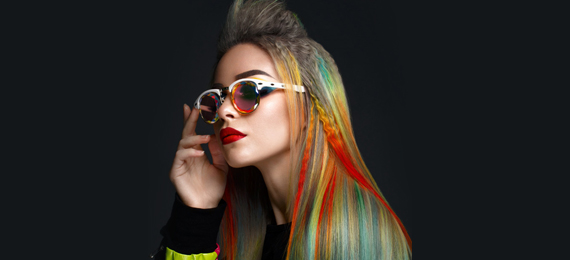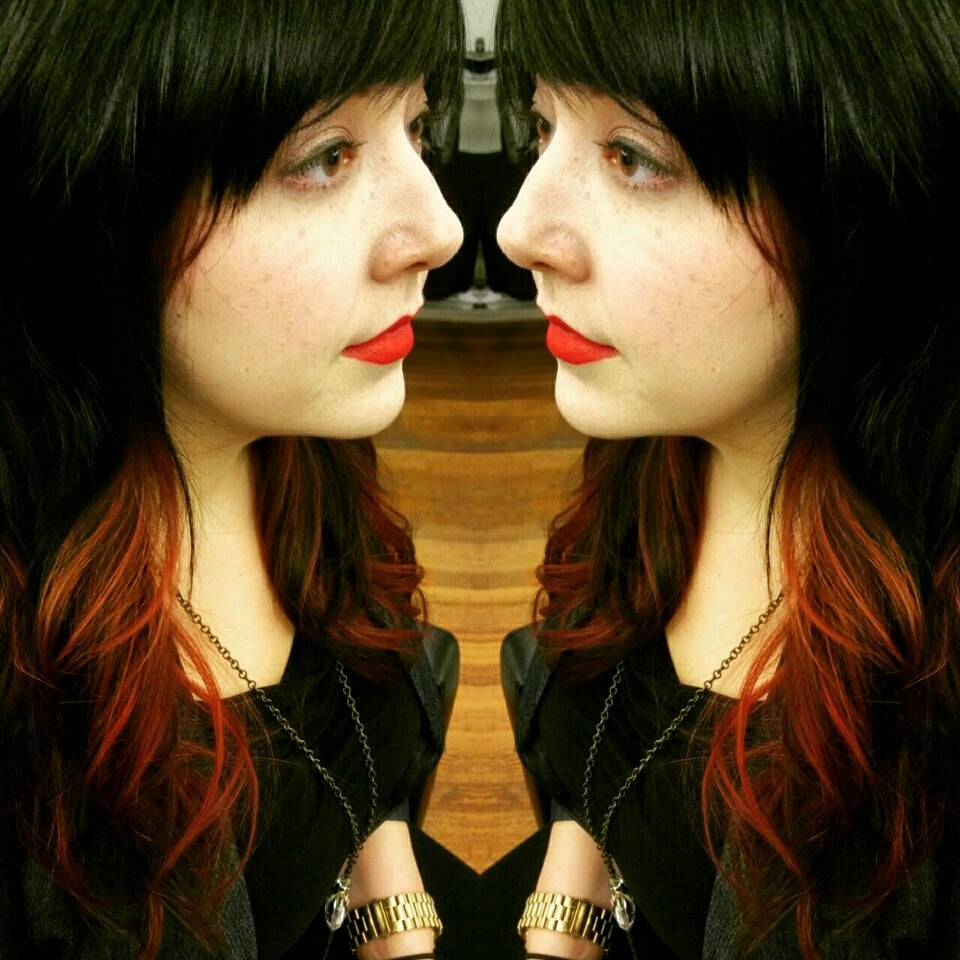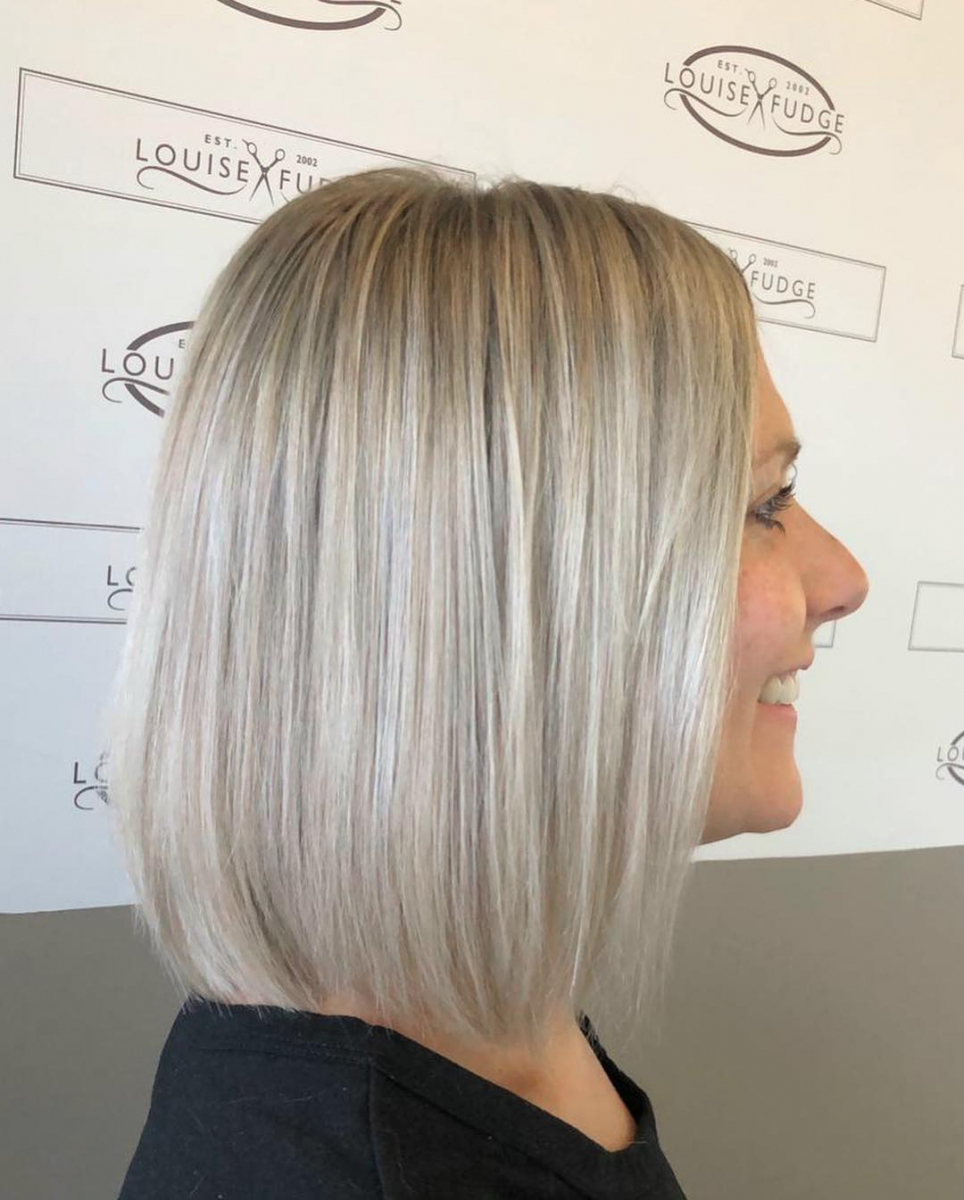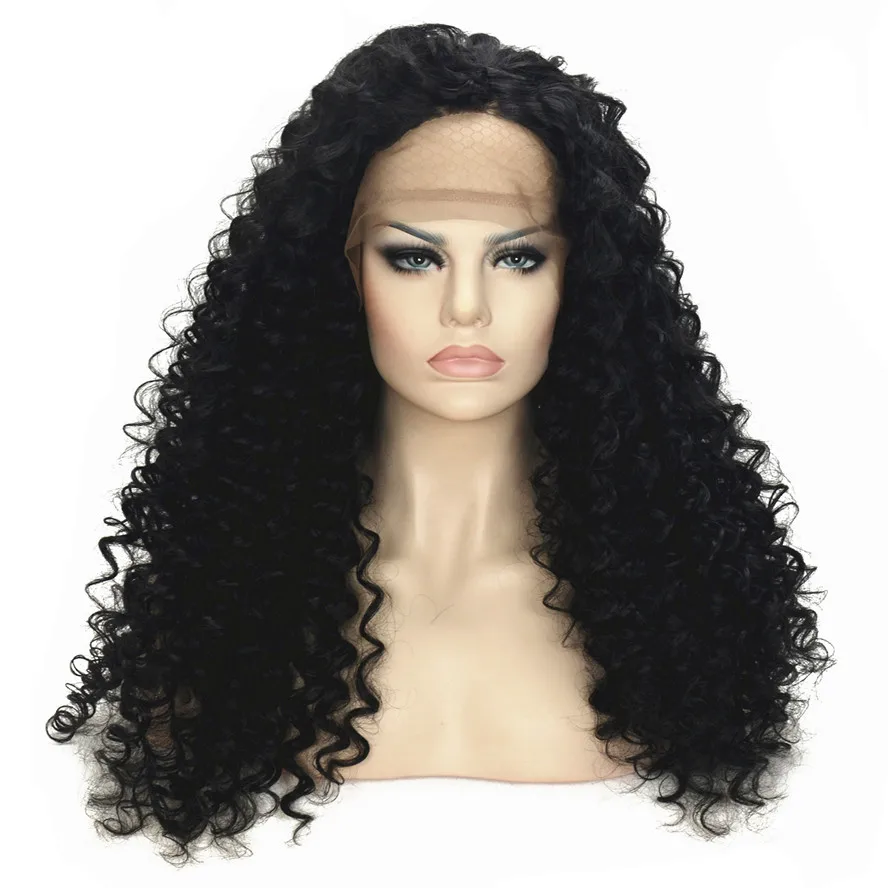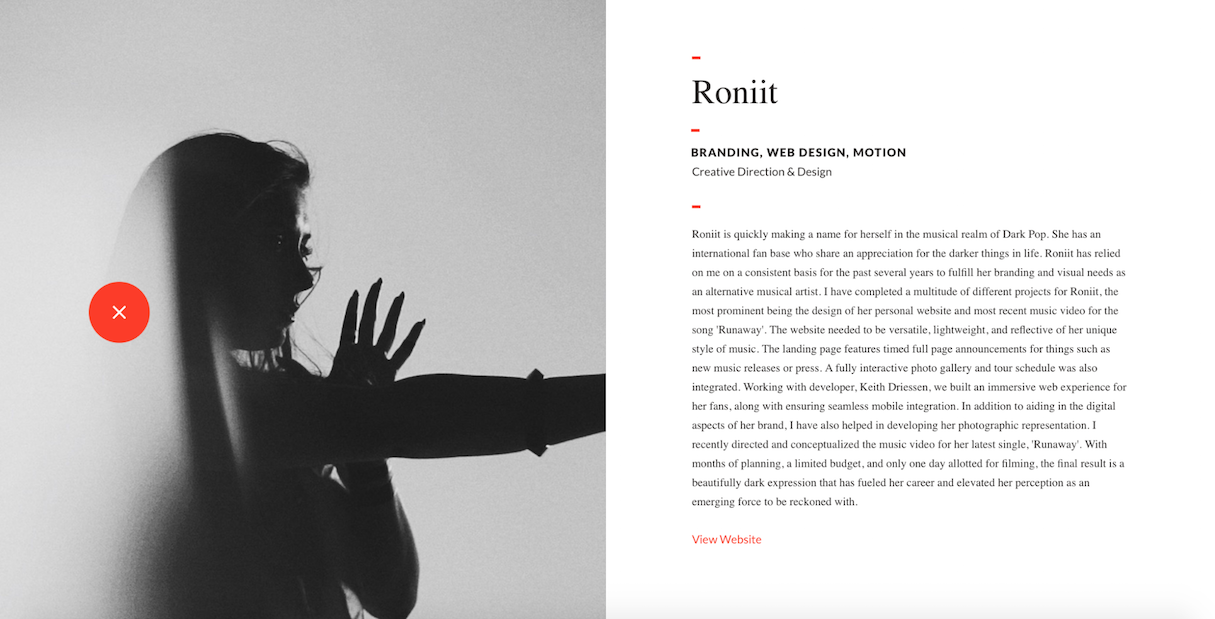Table Of Content

In 1950, Gleb introduced the first one-step hair dye product that lightened hair without having to bleach it. This is an important distinction, as women preferred not to publicize the fact that they colored their hair. It became an instant success and carved out a new lane in the beauty industry. By the late 1960s, coloring your hair was commonplace, and 1968 was the last year Americans were asked to state their hair color on passports—the prevalence of hair dye made this information pointless.
Exploring the History of Hair Dye in the Victorian Era
How 18-year-old William Henry Perkin accidentally discovered the first synthetic dye - Vox.com
How 18-year-old William Henry Perkin accidentally discovered the first synthetic dye.
Posted: Mon, 12 Mar 2018 07:00:00 GMT [source]
By the late 1960s, colouring your hair was commonplace, and 1968 was the last year that Americans were asked to state their hair colour on passports – the prevalence of hair dye made this information pointless. And by the 1970s, public sentiments towards dyeing your hair began to change. Slogans like L’Oreal’s “Because you’re worth it” encouraged acceptance of openly using hair colour products.
The History of Hair Dye: First Modern Hair Color
This was the origin of the well-known hair and cosmetics brand Clairol, which is still around today. Since the earliest civilizations, people have been dying their hair with a variety of natural chemicals. There is proof that even the earliest humans colored their hair with naturally occurring pigments.
Beauty Tech: When Chemical Reaction Meets Heat Activated - FashNerd.com
Beauty Tech: When Chemical Reaction Meets Heat Activated.
Posted: Sun, 18 Feb 2018 13:55:04 GMT [source]
Alternative color
The chemical formulae of alternative color dyes typically contain only tint and have no developer. This means that they will only create the bright color of the packet if they are applied to light blond hair. Darker hair (medium brown to black) would need to be bleached in order for these pigment applications to take to the hair desirably. Some types of fair hair may also take vivid colors more fully after bleaching. Gold, yellow and orange undertones in hair that has not been lightened enough can muddy the final hair color, especially with pink, blue and green dyes. Although some alternative colors are semi-permanent, such as blue and purple, it could take several months to fully wash the color from bleached or pre-lightened hair.
Hair Dyes Today
When the direct application of lead proved too toxic, the Romans changed their black dye formula to one made by fermenting leeches for two months in a lead vessel. The Industrial Revolution brought about significant advancements in science and technology, which led to the development of synthetic hair dyes. In 1863, English chemist William Henry Perkin accidentally discovered the first synthetic dye, a vibrant shade of purple known as mauveine. While this discovery was initially intended for the textile industry, it paved the way for the development of modern hair dye. The chemical history of modern hair dyes reveals that, while they were once part of an innovative industry, progress has stalled, and today they rely on antiquated methods. Not when they are so desperate to change their hair color that they’re willing to discreetly pick scabs from their hair, as Cunningham does, for weeks after coloring.
The Extraordinary History of Hair Color
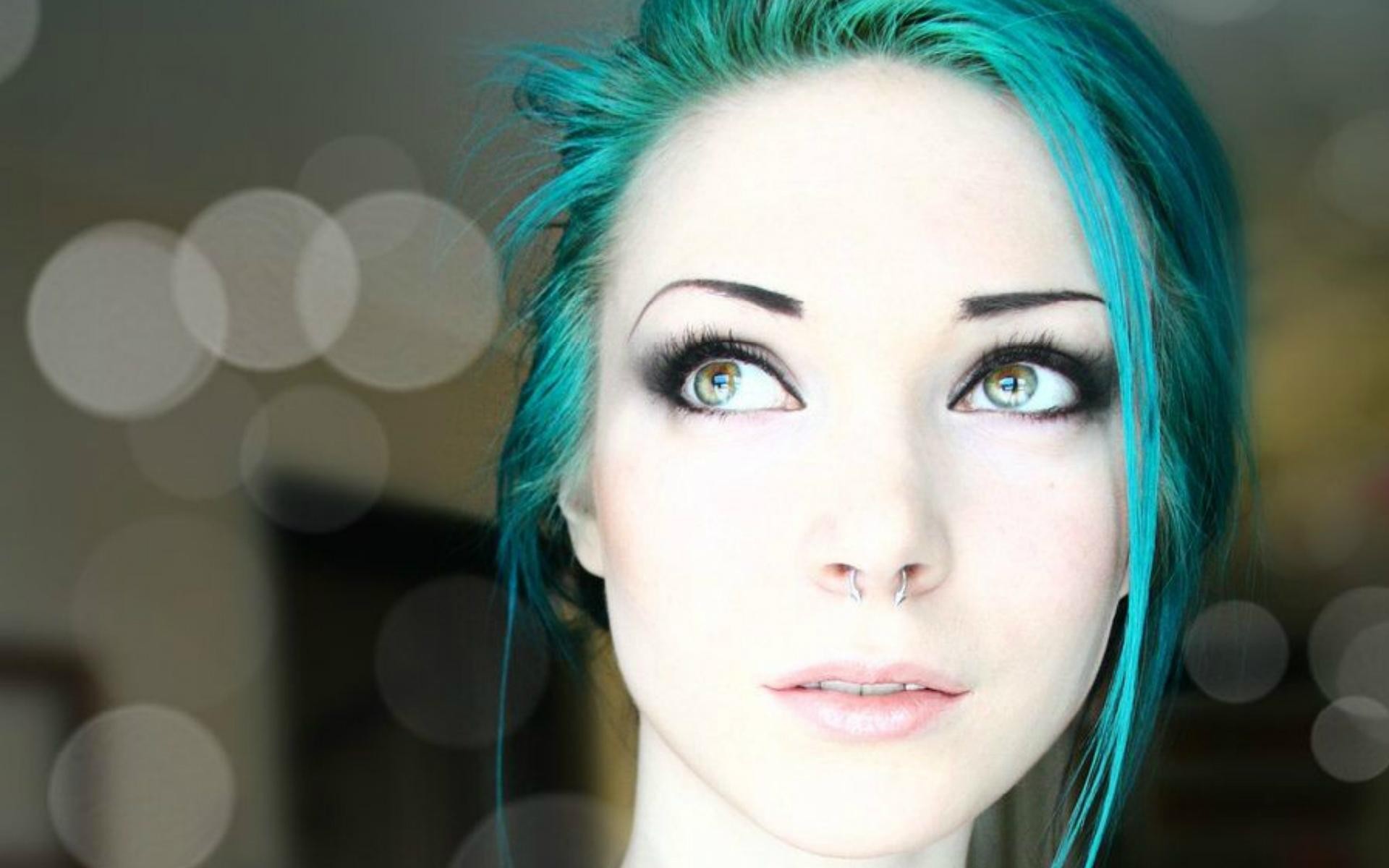
Hair coloring can also be applied on the scalp for a more solid level of coverage. You will be redirected to the career page of the Provalliance group, to which the Jean Louis David brand belongs. Some of these components have been connected to cancer and endocrine disruption, two serious health risks. His production was quickly increased, and he started marketing Mauveine as the new dye.
the early history of hair color
The coupler compounds (couplers) are meta-substituted derivatives of aniline. They come in three major classes based on the color that they produce when they react with the primary intermediate. Skin and fingernails are made of a similar type of keratinized protein as hair. That means that drips, slips and extra hair tint around the hairline can result in patches of discolored skin. This is more common with darker hair colors and persons with dry absorbent skin. That is why it is recommended that latex or nitrile gloves be worn to protect the hands.
The Industrial Revolution: The birth of modern hair dye
By century’s end, both safe plant-based dyes and synthetic chemical dyes without toxic substances like lead or arsenic became widely available. Throughout history, humans have sought ways to enhance their appearance and express their individuality. One of the most striking ways to do this is by changing the color of their hair. In this comprehensive blog post, we will delve into the fascinating history of hair dyeing and explore the various factors that led to its creation. In 1856, French chemist Eugene Schueller created the first commercial hair dye called It from henna and indigo.
Schueller’s hair dye, called “Aureole,” was made from coal tar and was sold to hairdressers in 1907, when was hair dye invented. "Hair color is part of our identity, and trends change faster than ever before due to social media," says Paglionico. The end of the 2010s saw believable looks like lived-in color and depth and dimension to buzzy techniques like rose gold and tortoiseshell hair to pastel creations like opal hair. In 1931, in what might just be the most successful public relations strategy ever, Hughes released a film called Platinum Blonde, titled to promote and capitalize on the hair color of the young star, Jean Harlow. Hughes’s team even organized a chain of Platinum Blonde clubs across the country, with a $10,000 prize that would go to any hairdresser who could copy Harlow’s shade.
The results were often unpredictable and could be quite damaging to the hair. Moreover, these dyes tended to fade quickly and had to be reapplied regularly. The history of hair dye in Victorian England provides an interesting look at how beauty standards have changed over time and how science and technology have impacted this evolution. Eugene Schueller, a French chemist, did not create the first commercial hair dye until the turn of the 20th century. We’re not driving around in Model Ts anymore, so it seems odd we’d still be using a product that has largely remained unchanged from the same era, especially on our bodies. At Madison Reed, we want to harness the potential of at-home color while also looking for better alternatives to the ingredients of the last 100 years.
From ancient Egypt to today, hair colour has been a consistent beauty trend. Read on for the full (surprising) history of hair colour and the evolution of hair dye. Centuries after ancient civilizations harnessed hair color’s transformative power, you enjoy the ease of modern hair dye.
